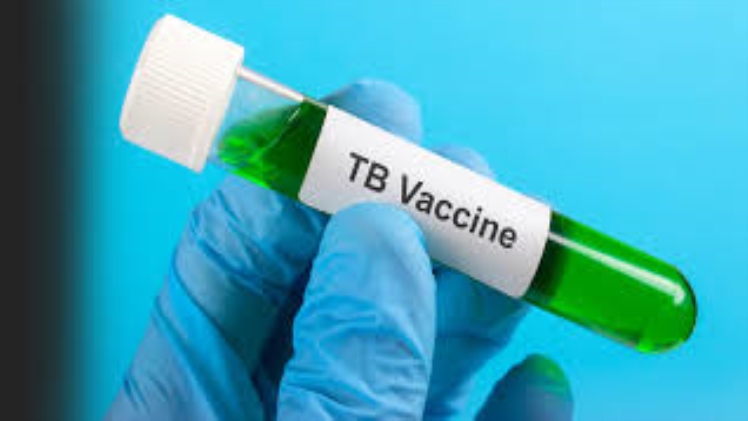Tuberculosis (TB) is a serious infectious disease caused by a bacterium called Mycobacterium tuberculosis (MTB). TB can manifest as a latent infection or active disease. In 2019, the WHO reported that TB caused an estimated 1.4 million deaths1. Dokumeds has been actively involved in research against infectious diseases for more than two and half decades. For more than 13 years as an infectious disease CRO, Dokumeds has remained consistent in conducting clinical studies for therapies aimed at reducing TB infection rates.
Global Prevalence of TB
Although TB is preventable and curable, the dreaded disease is present in all countries around the world. However, more than 90% of TB cases are reported in middle and low-income countries. According to WHO, most new TB cases in 2019 occurred in Asia (44%), followed by Africa (25%) and Western Pacific (18%). Curbing TB remains a challenge to these nations because they lack the necessary resources and infrastructure.
The WHO reported a 2% annual decline in TB incidences between 2015 and 2019. However, this trend only meets half of the WHO target, and the COVID-19 could complicate it further by causing an additional 6.3 million cases by 2025.
Moreover, Covid-19 has adversely impacted the global economy, including GDP per capita and undernutrition, the key TB incidence determinants. This compromises the fight against TB; thus, there is a need to put more effort towards curbing the disease.
How TB Manifests
Lung disease is the most common manifestation of active TB. Chest pain, coughing, fever, weight loss, sweating at night, and weakness are typical disease symptoms. Individuals infected with TB can spread the disease through sneezing, coughing, or spitting in the air. 10% of the asymptomatic individuals (a third of the global population) will likely develop active TB and become infectious in their lifetime.
Challenges of Treating TB
Managing TB requires an active therapy program and cooperation between patients and healthcare professionals or physicians. A significant challenge is the failure of patients to take the prescribed drugs. Consequently, the bacteria develop resistance to the drugs and become untreatable. A notable example is MDR-TB, a major public health issue, with half of the global burden reported in China, Russia, and India. Patients must take their TB prescriptions without delay to help the fight against the disease.
Bacillus Calmette-Guerin (BCG) is the only licensed TB vaccine against Miliary TB. While the vaccine’s efficacy varies in adults, it is viable in protecting children against military TB.
The Future Prospect of TB Therapy
The scientific community must explore alternative drugs and vaccines that are more effective in curbing TB. The “End TB Strategy” adopted by the US, WHO, AND European CDCs is crucial in suppressing the deadly disease by reducing its prevalence by 90% by 2035. The initiative aims at increasing access to treatment, prevention services, and high-quality diagnosis.
According to the WHO report, there is significant progress in TB R&D. Currently, 22 drugs and 14 vaccine candidates are in Phase I, II, or III clinical trials. The WHO launched a research toolkit in 2020 to support the digital systems in TB care.
At Dokumeds, we take pride in our aggressive stand on the fight against TB. Dokumeds is an infectious diseases CRO that has been part and parcel of R&D towards the development of TB drugs in the last 12 years. Providing services like clinical operations and conducting clinical research in Africa and Europe, we contribute significantly to developing new anti-MDR-TB regimens. A shorter duration of therapy is vital in minimizing cases of patients defaulting treatments.
With more than a decade of experience in the TB research field and in-depth knowledge of international policies on TB, Dokumeds has the required expertise to offer advisory services on the disease. Book a call to find out more about Dokumeds operations against TB.
References:

